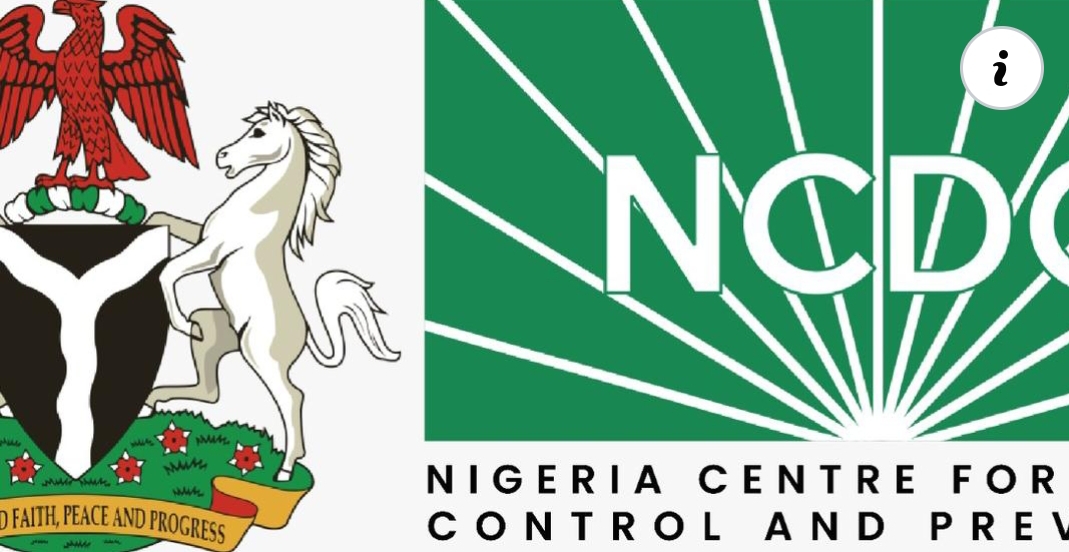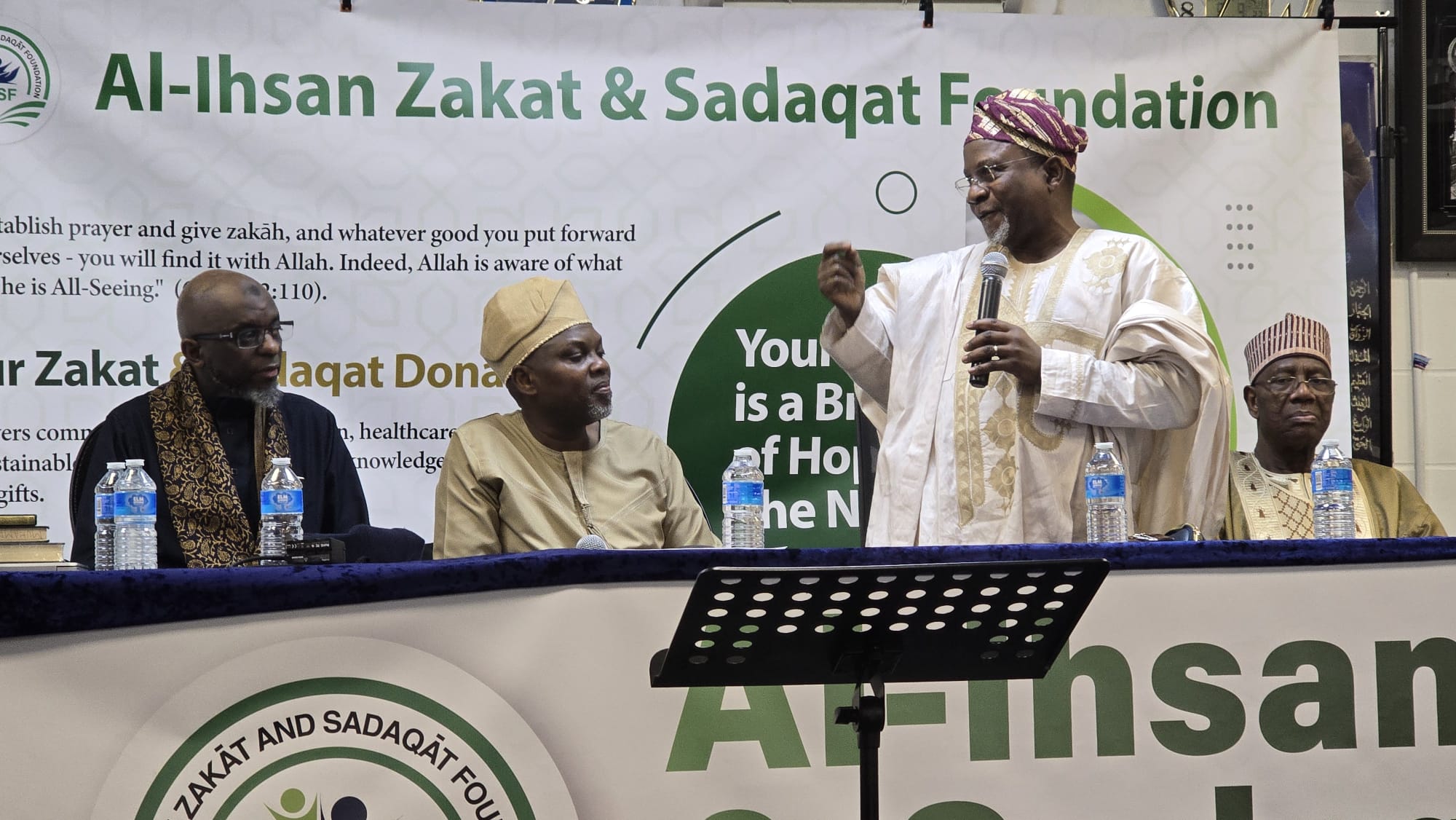Supreme Court cancels Tinubu’s clemency, sentences Maryam Sanda to death
December 12, 2025Ex-labour minister Ngige arraigned, remanded in Kuje prison
December 12, 2025NCDC tasks Media on accurate epidemic reportage
NCDC tasks Media on accurate epidemic reportage

The Nigeria Centre for Disease Control and Prevention(NCDC) has tasked media organizations on accurate reporting of epidemics to combat public health challenges in Nigeria effectively.
The Director General of NCDC, Dr. Ifedayo Adetifa, in his speech at the Media EIS Program Press Conference in Abuja, emphasized that “the media played a vital role in disseminating information to every corner of the country, whether through traditional or social media otherwise known as new media.”
Speaking further, Adetifa described the danger of the “infodemic” as an excessive amount of incorrect information that spreads rapidly, particularly through social media.
Adetifa, therefore, urged journalists to recognize the potential consequences of their headlines and stories, stressing that inaccurate information can directly result in citizens suffering or even losing their lives.
He cited past incidents where misinformation led to severe health consequences, such as individuals resorting to salt baths to cure Ebola, which only exacerbated the situation.
He also highlighted the importance of independent research and homework for journalists reporting on public health events.
While addressing the media’s focus on diphtheria, he directed attention to the NCDC’s website, which provides the most up-to-date information on the situation.
He revealed that over 70% of the reported cases occur in children aged two to 14 years, while more than 82% of the confirmed cases are among the unvaccinated.
These statistics underscore the critical need for increased vaccination coverage to protect the vulnerable population.
Drawing attention to the consequences of historical gaps in vaccination coverage, Dr. Adetifa stressed that children who missed their vaccinations in the past are now bearing the brunt of the ongoing outbreak.
He explained that if individuals receive the recommended three doses of the pentavalent vaccine, which includes anti-diphtheria toxin, at 6, 10, and 14 weeks of age, they are protected against diphtheria.
However, due to past failures in vaccination efforts, the current outbreak is affecting not only children but also older age groups.
“To address the alarming situation, the NCDC, in collaboration with the National Primary Health Care Development Agency(NPHCDA), initiated a vaccination campaign in the hotspots of the outbreak, starting in Abuja.
“The campaign includes a diphtheria antitoxin containing vaccine and targets older age groups.”
The DG, therefore, urged parents to take advantage of these campaigns and ensure that their children receive the necessary vaccinations.
“Catching up on missed vaccinations is the only way to halt the current outbreak and prevent future diphtheria outbreaks.”
Also, the Deputy Director of Risk Assessment and Communication of the Federal Ministry of Agriculture and Rural Development, Dr. Dupe Hambolu, emphasized the pivotal role journalist play in disseminating vital information to the public.
“The Media EIS Program aims to equip media professionals with the necessary knowledge and skills to effectively report on disease outbreaks and public health interventions.”
“By doing so, the program hopes to prevent negative reporting and encourage accurate, informative journalism that supports public health efforts.”
“Under this program, journalists will receive comprehensive training in a wide range of areas, including health capacity building, genetics, epidemiology, risk communication, and social behavior management.
Hambolu also explained the importance of investigative reporting and data confirmation, which will empower journalists to produce compelling disease outbreak stories and contribute to the development of a robust health database.
The Deputy Director expressed her confidence in the Media EIS Program’s ability to enhance emergency preparedness and response.
“By bridging the gap between scientific knowledge and effective communication, journalists will be better equipped to inform the public about health-related events and prevention measures.”










